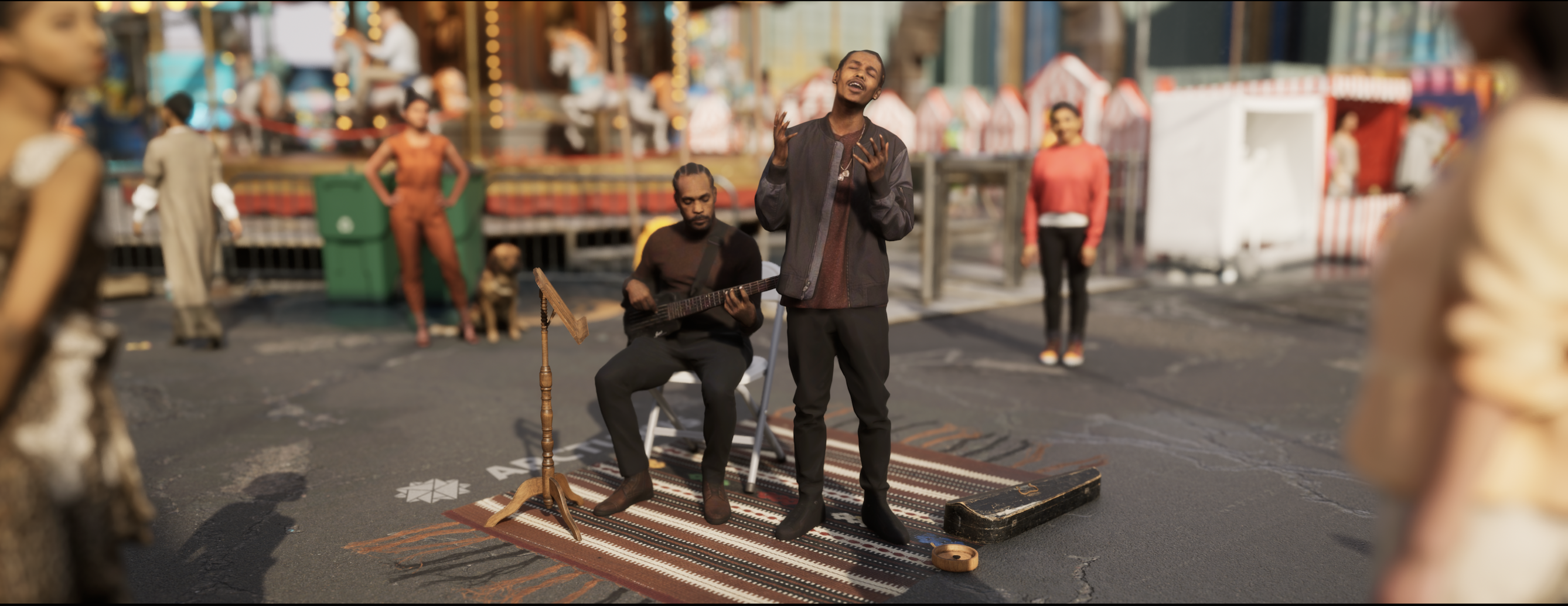The launch of SORA, an open-AI platform for video creation, and the subsequent halt of Tyler Perry’s 800M investment, has created a lot of chatter on how much and how soon AI will impact the media and entertainment industry. As AI increasingly driving a surge of artificial content, questions arise regarding its potential role alongside the necessity for authentic representation.
Similar to how organizations leverage stock video, AI-generated content will serve a similar purpose. Whether that's VFX artists writing a prompt for a background for virtual production, or a marketing agency creating a cartoon host for their virtual world, AI will have its place in our society and it will undoubtedly drive efficiencies. Despite all the benefits it may bring to the bottom line, its downside will continue to exist: it lacks authenticity.
Authenticity and Volumetric Video: What AI Can't Replace
Volumetric video, holograms, spatial video, or whatever language you use - delivers authentic human performance. An individual is recorded and transformed into a 3D asset, with the performance staying inherently representative of that individual's performance at the time of recording.
